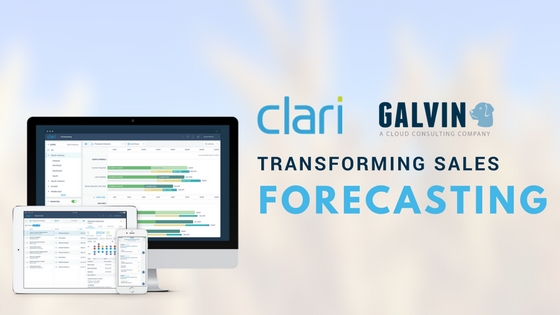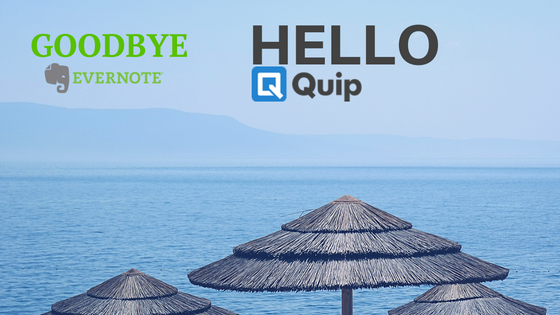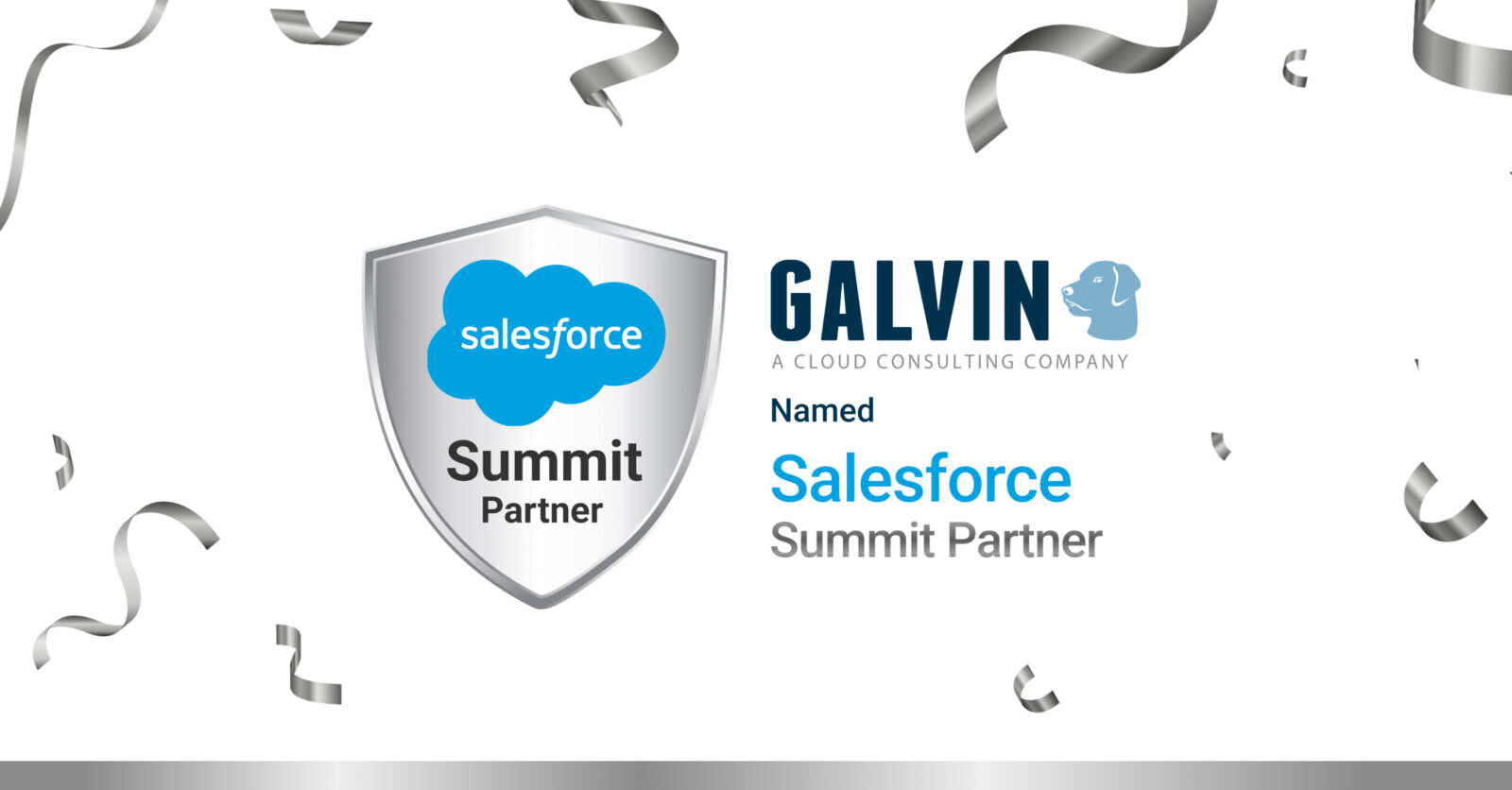Gamification in Business – Why it works
“Vegas is Boring”. I don’t think I’ve ever heard someone say this but take away the competition and the money and essentially you have a bunch of games that wouldn’t interest people. Have you ever played the roulette table without placing a bet? It’s not that exciting to watch a silver ball roll around a wheel. The moment you place $10 on a certain number you suddenly have an exciting game that people will play for hours.
We are human and competition is deeply ingrained into our DNA.
Competition drives us and companies know it. Therefore, companies create “games” that adjust our behavior to buy more. For example, airlines do frequent flyer programs. The more you fly with an airline the more prizes you get. Credit card companies create rewards. The more you buy on a credit card the more points you get. We love rewards, prizes and recognition.
Welcome to Gamification
Gamification is integrating game dynamics into your workplace to drive participation and to motivate high-value activity.
Many people see work as a way to pay their bills and will do the minimum requirements to “get by”. You probably work and know many of these people. They might be interested in getting better but will only be driven by what they “have to do”. But managers struggle with how to get people to go above and beyond the minimum requirements that they have to do. So we have a discretionary performance gap between what managers want employees to do and the minimum requirements that employees have to do.
What everyone wants to know is how to we fill this discretionary performance gap that would make people go above and beyond so they do get better and do the things you want them to do. If you are able to improve this area it will pay you back.
We know that people are driven by money but they are driven more by appreciation and recognition. Some sales people will forego cash to “get in the club.” Therefore, many companies create the “President’s Club” for top sales performers and sales people would strive to get into these clubs and get recognized.
Many companies have annual, quarterly, or monthly goals and employees will discuss this goal more than the money goal. So we have competed for years but the new way of competition involves engagement with constant recognition.
Gartner states that by 2015, More Than 50 Percent of organizations that manage innovation processes will gamify those processes.
Gartner has also identified four principal means of driving engagement using gamification:
- Accelerated feedback cycles.
- Clear goals and rules of play.
- A compelling narrative.
- Tasks that are challenging but achievable.
In all our research, gamification is engagement with the goal of changing behavior. Essentially filling in that discretionary performance gap.
What’s So Important with Engagement?
Today’s sales managers historically entered the workforce in early ‘90s. Think of the technology then. You were lucky if you had a computer. The fax made things easier. There were no cell phones, no CRMs and you might have used the index card system. Sales people went into work every day and had engagement with their sales manager – everyday. There was constant review of sales calls and the activity you did as a sales manager.
Then technology evolved and sales reps began working remotely. Companies began reducing overheard and the sales reps began working from their homes and once a week there would be a sales call-in meeting. These meetings were unproductive and sales reps began to feel disengaged, they were not getting the coaching or the mentoring from their managers.
Now those sales reps are sales managers and their sales teams are Gen Y-ers. Technology is booming and has been around these individuals since birth. And there is a desire for consistent feedback cycles, crystal clear goals, compelling narrative and tasks that are challenging but achievable. Employees want engagement from their managers and their peers.
Be More Transparent
Oftentimes, employees don’t know where we the company is going or where they are going. It’s easy for rumors to spread through a company simply because managers and peers are not engaged and thus not transparent.
80% of People are dissatisfied with performance reviews and would like to see them better reflect their real work
(Reuters, “U.S. workers want jobs reviews changed”)
60% of Employees want to hear from their managers DAILY
(Robert Half International and Yahoo HotJobsSurvey)
Gamification Works
Gamification works because people want to win and get recognized for it. But although gamification rewards the employees, it’s the company that ultimately wins. Whether you are gamifying monthly sales goals or production goals a company is getting better performance and quality.
At Galvin we use gamification every day to ensure sales numbers are hit, production goals are met and also to ensure the data that managers collect on a routine basis is accurate. We have done several presenations on Gamification and have implemented these strategies into many companies. We love talking about it and let us know if your company has had success with gamification or share a comment ideas that have worked for you.













